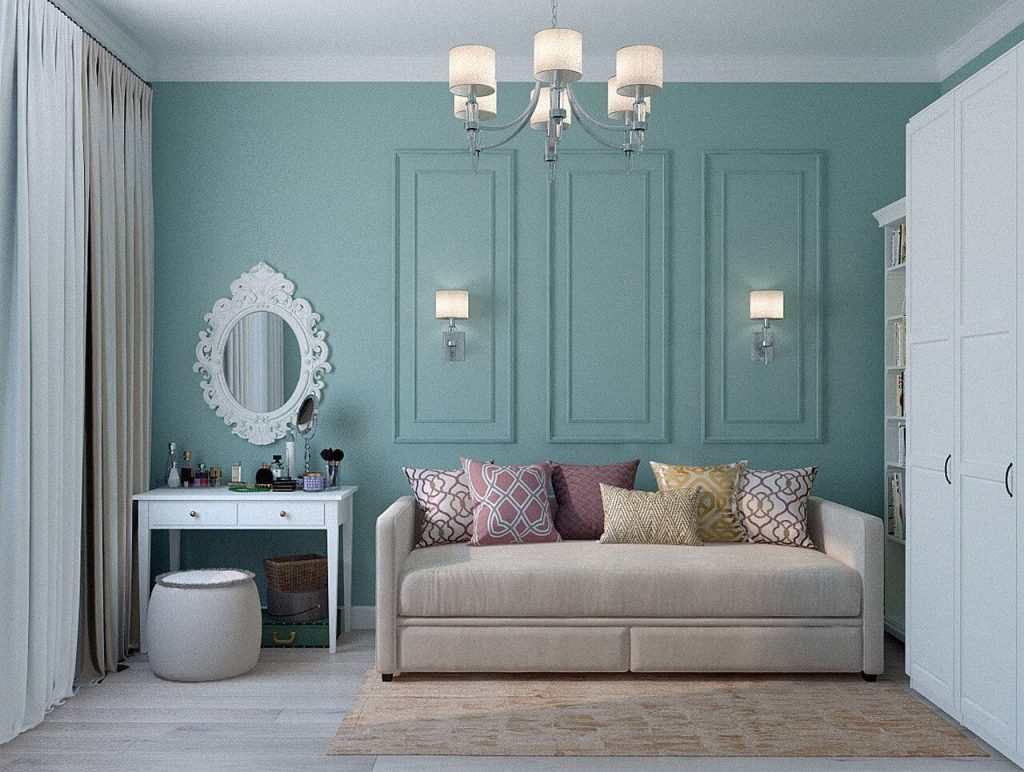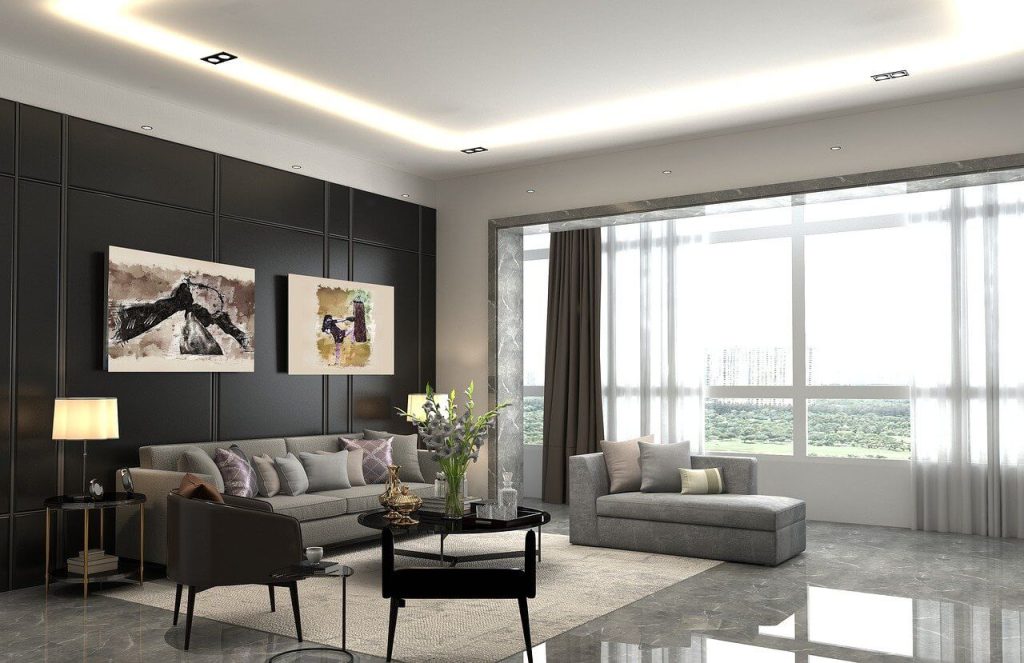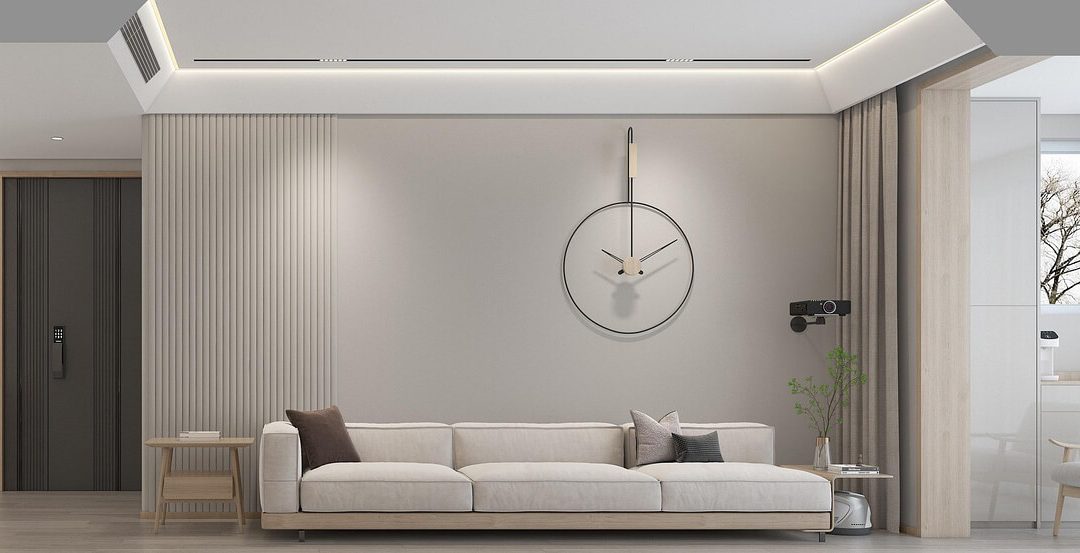Textured walls can add depth and character to a room, but sometimes, a smoother, more polished look is desired. One popular solution for updating textured walls is using textured wall panels. These panels offer an easy and efficient way to transform your space without the need for extensive wall refinishing. In this article, we’ll explore the benefits of textured wall panels, answer common questions about paneling over textured walls, and provide a step-by-step guide on how to install them. We’ll also share some tips for achieving a professional finish and discuss other options for covering textured walls.
Why choose textured wall panels?
Textured wall panels are an excellent choice for several reasons. They are available in a wide range of designs, materials, and colors, allowing you to customize your space to suit your aesthetic preferences. Additionally, these panels can be installed relatively quickly, making them a convenient option for homeowners looking to update their interiors without a major renovation. Wall panels also offer practical benefits, such as hiding imperfections in the underlying wall and providing an additional layer of insulation and soundproofing. -> 3D Wall panel installation service
Can you panel over textured walls?
Yes, you can panel over textured walls, but there are a few considerations to keep in mind. The texture on your existing walls can impact the adhesion and stability of the panels. It’s important to ensure that the walls are clean and free of loose debris before installation. In some cases, you might need to sand down high points or fill in deep grooves to create a more even surface for the panels. Using the right adhesive and installation techniques will help ensure a secure and long-lasting application. -> How to decorate a slanted wall?

How to install textured wall panels
Installing wall panels can be a straightforward DIY project if you follow these steps:
- Preparation: Start by cleaning the walls thoroughly to remove dust, grease, and any loose material. Allow the walls to dry completely.
- Measuring and cutting: Measure the walls and cut the panels to fit, leaving a small gap for expansion. Use a level to ensure the panels are straight.
- Adhesion: Apply a high-quality adhesive to the back of the panels and press them firmly against the wall. You may also use nails or screws for added security, depending on the panel material.
- Sealing and finishing: Seal the edges and any gaps between panels with caulk. Finish by painting or staining the panels, if desired, to match your decor.
Tips for texturing paneling walls
Texturing paneling walls involves adding your own unique touch to pre-textured panels or smooth panels. Here are some tips on how to texture paneling walls effectively:
- Use joint compound: Apply joint compound to create custom textures. You can use different tools like trowels, sponges, or brushes to achieve various effects.
- Practice first: Before applying texture to the entire wall, practice on a small piece of panel to perfect your technique.
- Be creative: Don’t be afraid to mix textures or create patterns. This can add a dynamic and personalized look to your walls.

Other options for covering textured walls
If textured wall panels aren’t your preference, there are other options to consider:
- Wall liners: These thick, wallpaper-like coverings can smooth out textured walls and provide a paintable surface.
- Skim coating: Applying a skim coat of joint compound can level out textured walls, creating a smooth finish ready for painting or wallpaper.
- Drywall: Installing new drywall over the existing textured walls is another option, though it requires more work and expertise.
Textured wall panels offer a stylish and practical solution for covering textured walls, enhancing both the look and functionality of your space. With the right preparation and installation techniques, you can achieve a professional finish that transforms your home. Whether you choose wall panels or another method, updating textured walls can significantly impact the overall aesthetic and comfort of your living environment. -> How to remove paneling from walls
I hope that with my advice you can easily choose the best design wall panel products for the interior of your home, however, if you would rather entrust the task to a professional painter in the St. Augustine area, feel free to call me for a free quote. Call now: 1(904) 217-9681
Frequently asked questions (FAQ)
1. Can you install over heavily textured walls?
Yes, you can apply over heavily textured walls, but you may need to prepare the surface by sanding down high points or filling in deep grooves to create a more even surface for better adhesion and stability.
2. What adhesive should I use?
A high-quality construction adhesive is recommended for installing wall panels. Make sure to choose an adhesive that is suitable for the panel materials and can bond well to textured surfaces.
3. Can I paint or stain wall panels?
Yes, you can paint or stain wall panels to match your decor. Be sure to use a primer if you are painting over dark or glossy panels and choose a paint or stain that is appropriate for the panel material.
4. Are wall panels suitable for humid environments like bathrooms?
Wall panels can be used in humid environments if they are made from moisture-resistant materials. Ensure proper ventilation in the room and choose panels that are specifically designed for use in bathrooms or other damp areas.
5. How do I maintain and clean wall panels?
Wall panels can be cleaned with a soft cloth or sponge and mild soap and water. Avoid using abrasive cleaners or tools that could damage the panel surface. For stubborn stains, refer to the manufacturer’s cleaning recommendations.
Are you ready to brighten up your home with the trendiest decorative color? Read our other blog posts for inspiration and practical tips:


